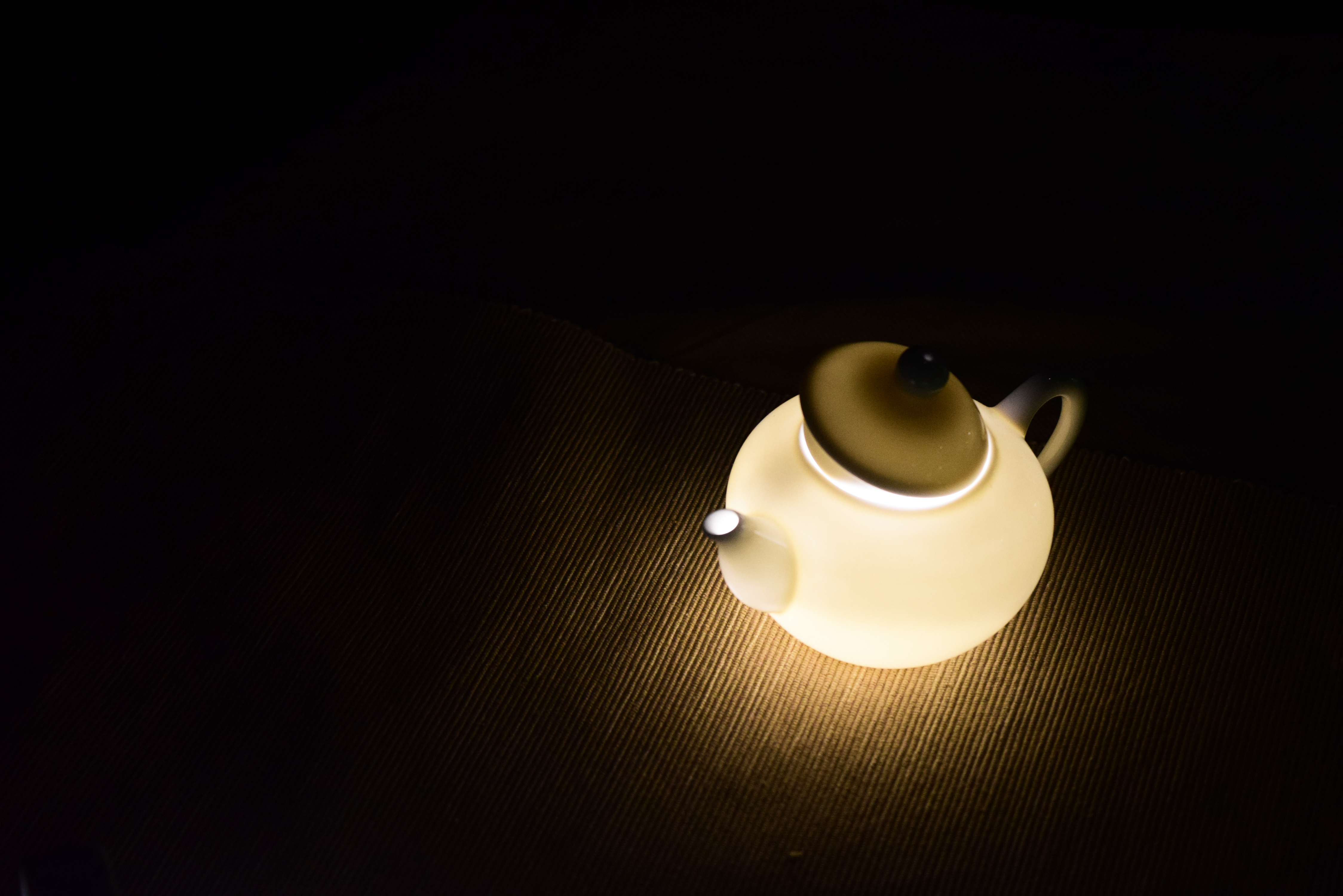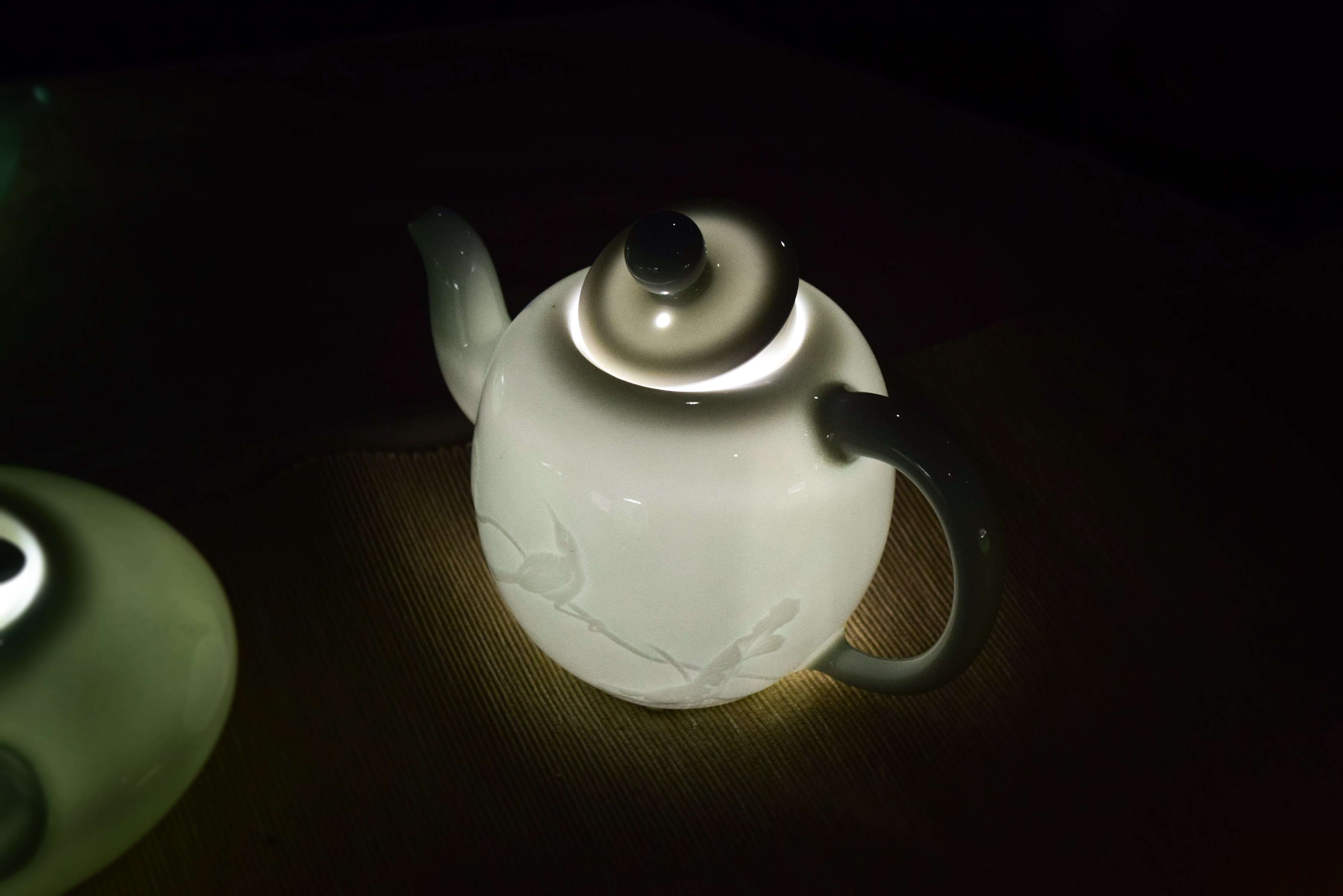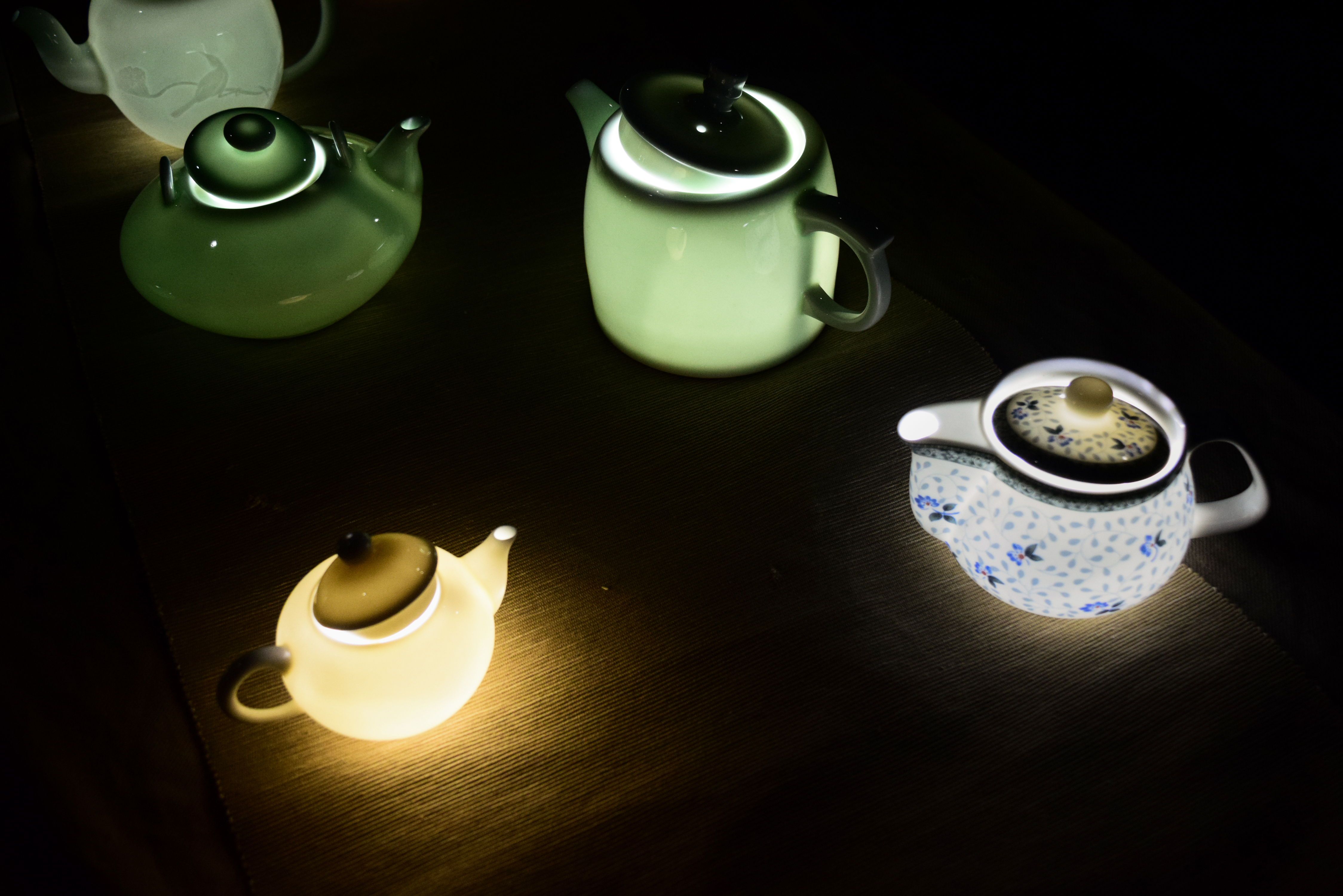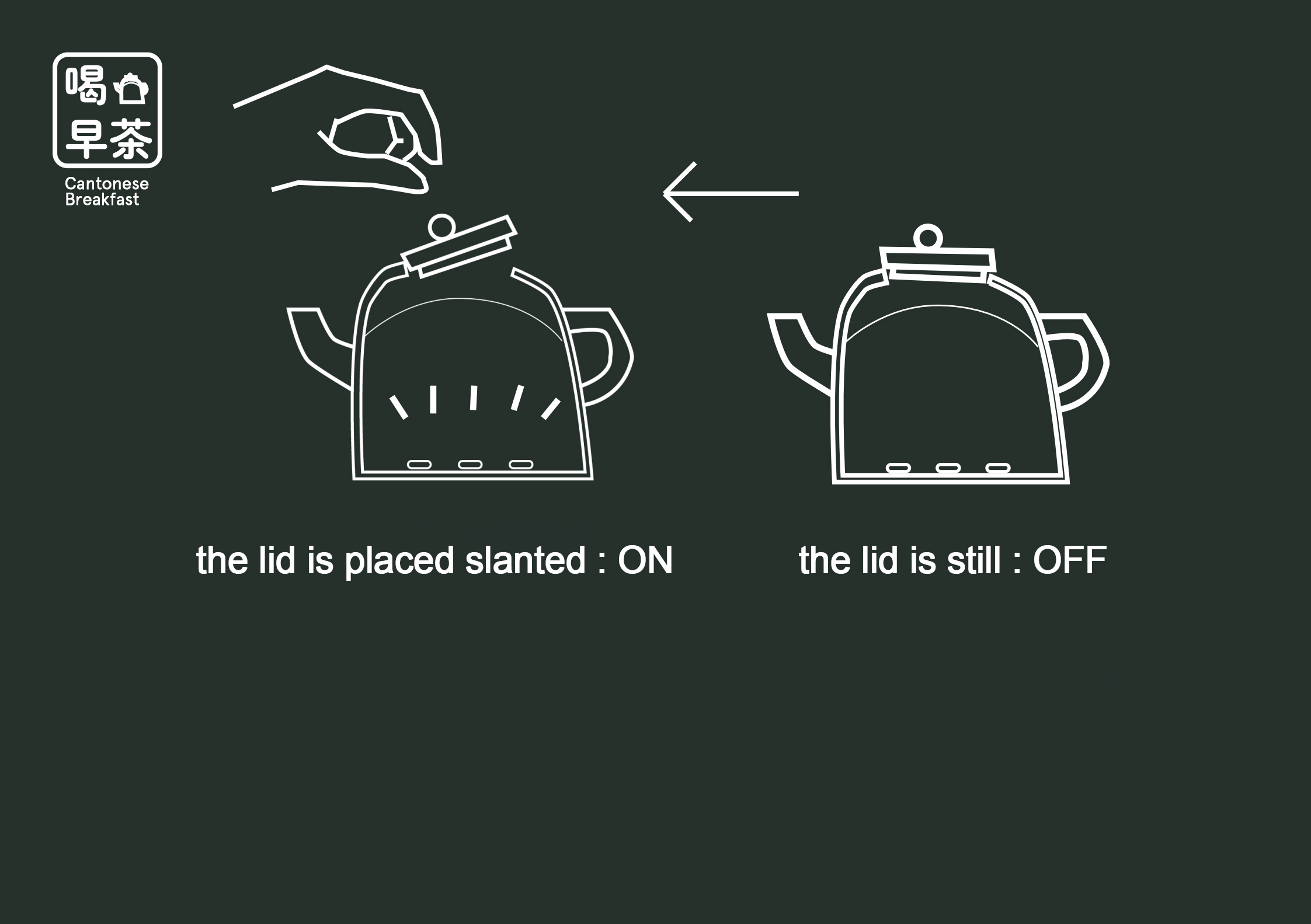Cantonese
Breakfast
2015
installation
︎Canton,China



Having
dim sum and tea as the breakfast, is a highlight of Cantonese culture. Also,
there is a unique table manner about it.
Background
research
Almost all my friends who comes from outer
southern China or had no acquaintance of Cantonese would ask a question that are
people being paranoid when they wash dishes and bowls with tea in Chinese
restaurants in Hong Kong?
And this led to a question about customs and etiquette in Chinese
dining.
Most Cha
Chaan Teng (Tea Restaurants) in Hong Kong and Shenzhen would offer a cup of tea
(the staff would call them "Gaat Sui", literally "empty
water") to each customer after they are seated. The tea is bland and Hong
Kong people would usually use it to clean the eating utensils. The hygienic
condition of some of the Cha Chaan Teng* might not be satisfactory, so the
utensils would be washed by the cup of tea before using them.
It
is not only for hygienic condition, but also like a placebo to people. To begin
with the Utensils washing customs, it is sort of Cantonese table
manner which could be traced back to the late Qing dynasty. Nowadays, Cantonese
people love to wash all plates and utensils with hot water before they use
those utensils, especially chopsticks that touch food firstly. Then a
restaurant staff would put a big glass bowl on the table for containing the
wasted hot water that being used to wash the utensils. After washing these
plates and utensils, water in the teapot decreased, at this moment, the lid
will be put slanted on the top of the teapot and it means that water in the
teapot is not enough, the stuff needs to pour more water in the teapot.
Personal research
As
an action itself, putting a lid slanted on the teapot is meaningless, but after
people empowers it, this action becoming a custom. In other words, it is
a signal telling the stuff in restaurants that “Would you please
pour more water to this teapot?” Or, like the action “slide and unlock”,
hundreds of millions of people doing this action every day, but without the
context of using a smart phone, it would be another meaningless action.
I
would like to do a project about this “meaningless action”, and I ‘m curious
about the situation when it gets rid of the context it was in.
My Project
Ceramic
teapots, which are common to see in daily life, can be in other way. I intend
to design a luminous ceramic teapot (most teapots in the Chinese restaurants are ceramic ones).
Unfortunately, technology and craftsmanship I acquired doesn’t meet the level
to achieve the idea that when the lid is placed slanted, then ceramic teapot
start to shine, presenting a luminous teapot. It was controversial that a
teapot like this should be an installation or a full functional product?
Considering the situation of time and resources, which were limited, I was not
allowed to achieve my full plan that I pictured. So, I preferred to make it an
installation project.
![]()
![]()
Anyway,
in order to make this idea come true, I collected a variety of ceramic teapots
that made of different materials. When all teapots I ordered online have
arrived, I started to study the visual effect of the transparency of them. The
ceramic teapot samples were made of materials like Yixing clay, Kaolinite
and Celadon. It was small, unique lithium –cell charging light bulb that I put
in the teapot to test the transparency of each different teapot. After
comparing those different transparency of ceramic teapots through setting a
light bulb inside, here comes the result that teapots made of Kaolinite and
Celadon had the most appropriate and soft transparency to convey the light.
Those teapots made of Yixing clay have zero transparency.


Comparing the
transparency of each ceramic teapot
As known that the teapots made of
Kaolinite and Celadon have the best visual effect, I bought more of them with
miscellaneous look. To avoid the problem of light wane, I replaced the small
light bulb with short LED light bars. Therefore, teapots were no longer being
single ones for the circuit constructions. In order to connect the wires linked
to the light bars and power, I had to drill a hole on the button of every ceramic
teapot.
All the drilling work have been done, then
I spend an afternoon to connect the wires. Then I found an issue that if
someone take away the lid, LED light bars would just directly been seen, which
is harmful to our eyes. My remedy to this problem was to cover LED light bars
with small matte plastic sheets.
Done with welding job of LED light bars
In case the wires will be exposed without
any cover, I put a piece of cloth with undertints under all the ceramic
teapots to hide them. For a better display I placed some short shelves to
enhance the spatial relationship between each ceramic teapot.

Arranging
the installation before the opening of exhibition
Thanks to these high-quality ceramic teapots, watching light passed though the smooth ceramic surface was beautiful.
Display
of the installation after assembling